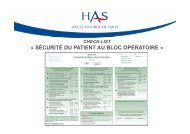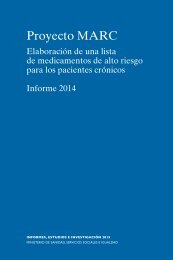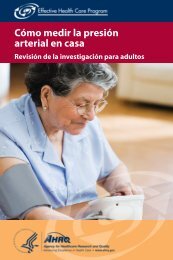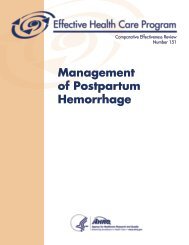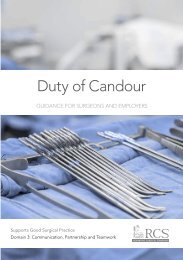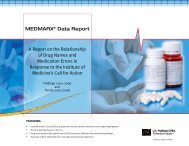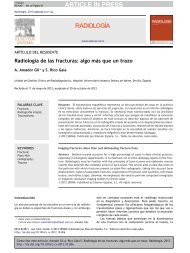for Invasive Procedures (NatSSIPs)
Z3q53
Z3q53
You also want an ePaper? Increase the reach of your titles
YUMPU automatically turns print PDFs into web optimized ePapers that Google loves.
OFFICIAL<br />
iii.<br />
iv.<br />
Equipment trays must contain a comprehensive list of the instruments present<br />
to enable checking be<strong>for</strong>e and after use. Photographs may be helpful to<br />
provide a clear, visual representation of complex or unfamiliar equipment.<br />
Equipment that can be disassembled, e.g. <strong>for</strong> cleaning purposes, must be<br />
clearly described on the instrument list, including the number of parts, e.g.<br />
retractors.<br />
v. The integrity of all items must be checked be<strong>for</strong>e and after use, including<br />
component parts of equipment and instrumentation.<br />
vi.<br />
vii.<br />
viii.<br />
All swabs used <strong>for</strong> invasive procedures should contain radio opaque markers,<br />
e.g. “Raytec” swabs.<br />
LocSSIPs should determine the size, colour and number of swabs to be<br />
included in standard packs <strong>for</strong> procedures, and locally agreed and<br />
standardised terminology should be used <strong>for</strong> swabs of different sizes.<br />
LocSSIPs should identify when it is acceptable <strong>for</strong> non-radio-opaque swabs to<br />
be used, and should define the size and colour of swabs that can be used <strong>for</strong><br />
this purpose, e.g. <strong>for</strong> urinary catheterisation and anaesthetic use. Non-radioopaque<br />
swabs should only be placed in the sterile field when the surgical<br />
wound has been closed.<br />
4.11.3 DURING THE PROCEDURE<br />
i. The process of counting and reconciliation should be per<strong>for</strong>med by the same<br />
two members of the procedure team; both should have received appropriate<br />
training and competence assessment, and both should be experienced in<br />
counting and reconciliation.<br />
ii.<br />
iii.<br />
iv.<br />
If a change in the team is required during the procedure, the LocSSIP must<br />
identify how this should be managed, e.g. a reconciliation of all items at the<br />
point of handover.<br />
A reconciliation must be undertaken be<strong>for</strong>e the closure of each body cavity,<br />
and a final reconciliation must be undertaken be<strong>for</strong>e the final closure of the<br />
operative site and be<strong>for</strong>e the sign out.<br />
Operators should check the wound carefully <strong>for</strong> <strong>for</strong>eign objects be<strong>for</strong>e closure.<br />
v. When an item is intentionally retained, with plans <strong>for</strong> later removal, e.g. wound<br />
or vaginal pack, drain or catheter, LocSSIPs must identify how this should be<br />
documented to ensure removal – see below.<br />
4.11.4 FAILED RECONCILIATION<br />
i. LocSSIPs should include a clear process to be followed in the event that an<br />
item is unaccounted <strong>for</strong> during or at the end of the procedure that should avoid<br />
unnecessary exposure of the patient to ionising radiation without good cause,<br />
or subject the patient to additional surgery. This process should include:<br />
• Consideration of a further count.<br />
• Immediate communication to the lead surgeon or operator, and the<br />
procedure team, identifying the discrepancy.<br />
• Undertaking a thorough search <strong>for</strong> the missing item.<br />
42



